What Is Dropshipping? Beginner’s Guide on How It Works
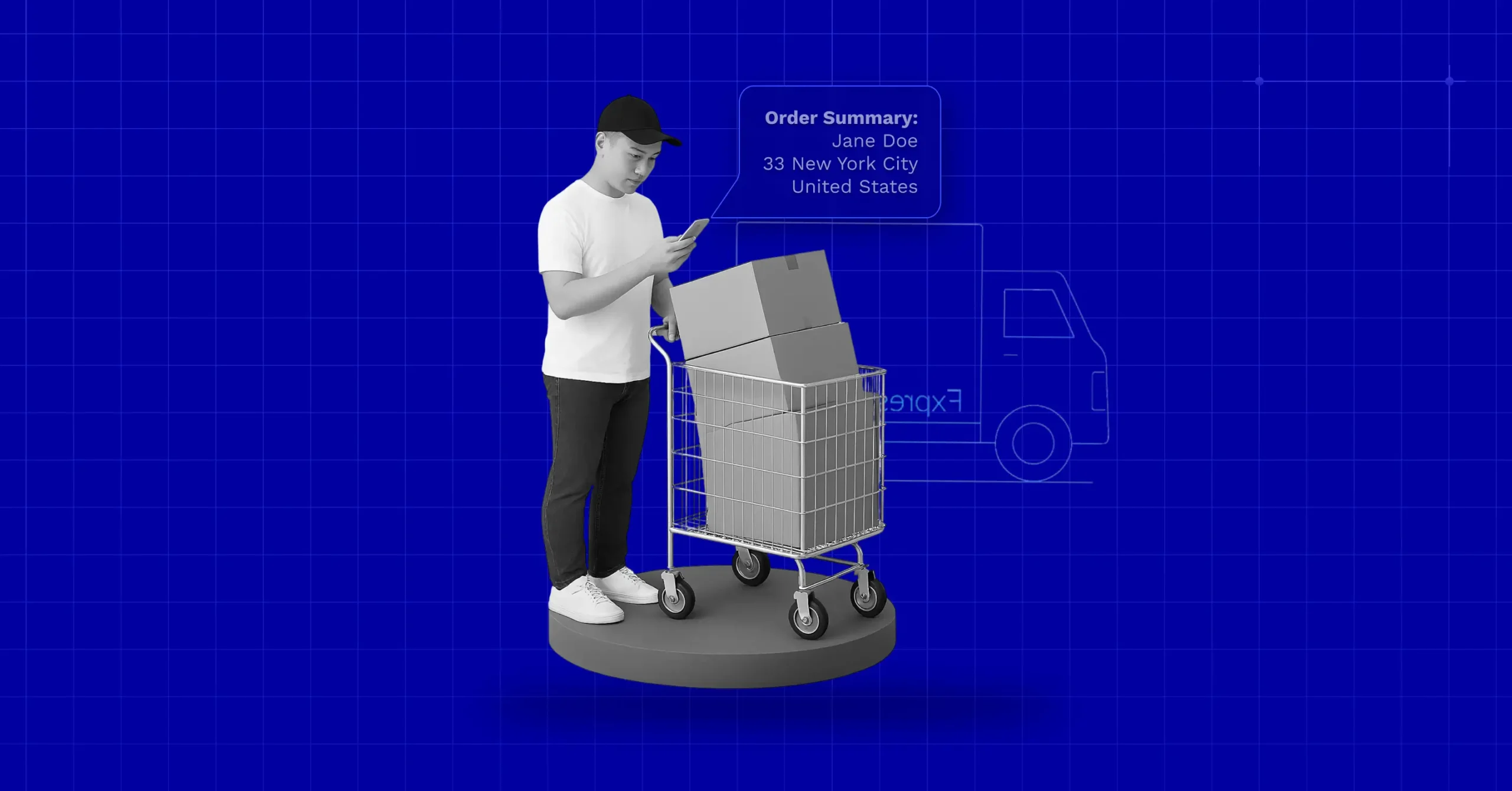
Whenever scrolling through social media, another “dropshipping guru” shows a Lamborghini and claims they made millions overnight with zero effort.
Sound familiar?
Here’s what they won’t tell. Dropshipping isn’t a get-rich-quick scheme, but it is the most accessible gateway to building a great online business.
The harsh reality is that about 90% of new dropshippers quit within their first week because they expected magic, not work.
A golden opportunity for the true entrepreneurs is hidden behind that statistic. While others chase shortcuts, those with vision can rise above the noise to create something sustainable.
Numbers don’t lie. The dropshipping industry is worth over $149.4 billion and is projected to reach 4X, $476.1 billion by 2026.
To reach $10,000 monthly in sales, it needs only 0.0000067% of this massive market. The question isn’t whether the opportunity exists, it’s whether you’re ready to seize it.
In this beginner’s guide, let’s see what is dropshipping and how does it work? No, you won’t get rich overnight reading this. But if you’re ready to learn, take action, and treat it like a business, it can become the foundation of something life-changing.
What is Dropshipping?
Dropshipping is a business model where anyone can sell products online without holding inventory. When a customer places an order, the supplier ships the product directly to them. You collect the payment, pass the order to the supplier, and keep the profit.
That’s it. You don’t need a warehouse. No packing boxes or upfront stock. Just you, the store, and a system that lets you focus on selling.
But here’s what most people don’t realize. Dropshipping isn’t some new internet trend. It started back in the 1950s with mail-order catalogs. Brands like Sears and J.C. Penney shipped products directly to customers long before ecommerce existed.
Then came the internet, and everything changed. Platforms like eBay and Amazon opened the doors for small sellers. AliExpress made global product sourcing cheap and easy. WordPress and Shopify made building a store as simple as posting on social media.
Today, dropshipping has become one of the most accessible ways to start an online business with low risk and high potential.
How Does Dropshipping Work?
Now that you understand what dropshipping is, let’s see how this business model works. The process is deceptively simple, but understanding each step reveals why some entrepreneurs thrive while others struggle.
The Three Players in Every Dropshipping Transaction
Every dropshipping sale involves three key participants, each with distinct roles and responsibilities.
- You (The Seller of Record) – As the face of the business, you’re the brand customers see, trust, and deal with directly. You’re also legally responsible for each sale, from pricing to policies.
It’s your name on the invoice, your return terms that apply, and your service that defines the customer experience. This goes far beyond simple order forwarding; you’re managing the full retail relationship. - Customer – They see your store, trust your brand, and expect your level of service. To them, you’re a traditional retailer.
Customers have no idea that you’re working with suppliers behind the scenes, nor should they. Their experience should be seamless from browsing to delivery. - Supplier – They handle the physical aspects: storing inventory, packaging orders, and shipping products. However, they remain invisible to your customers. The package arrives with your branding, your return address, and your customer service information.
The Six-Step Dropshipping Process
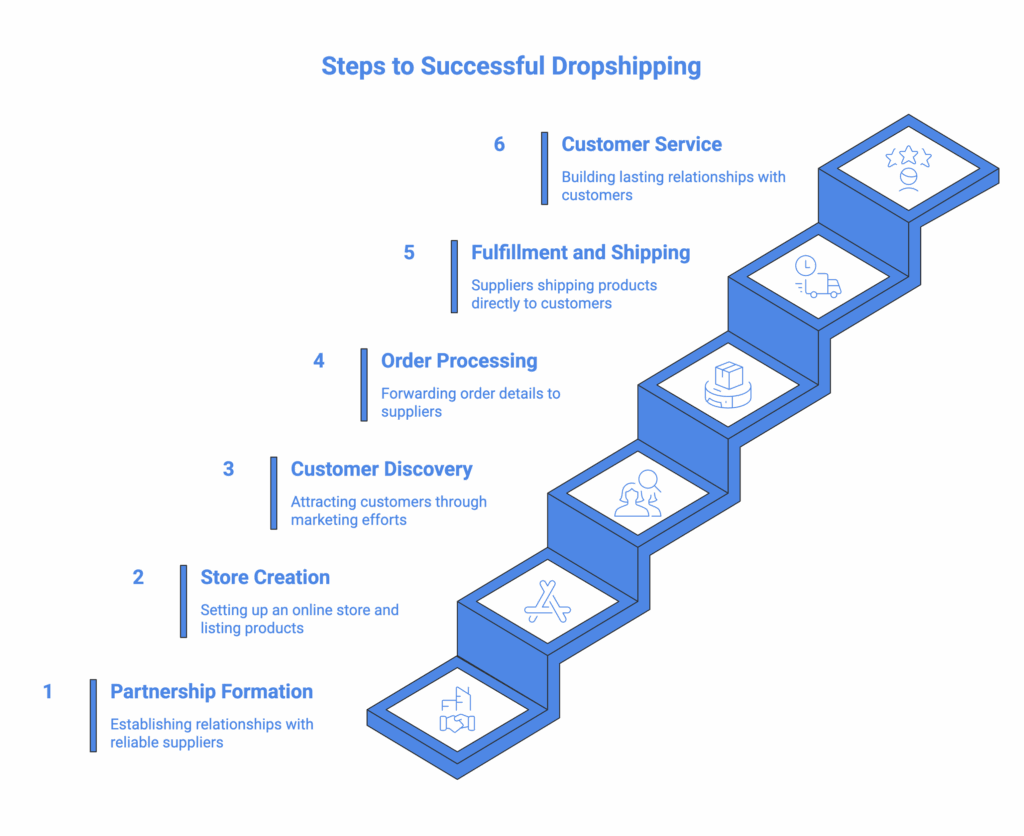
Step 1: Partnership Formation – Everything begins with finding and partnering with reliable suppliers who offer products you want to sell.
See 7+ Legit Dropshipping Suppliers You Can Trust→
Step 2: Store Creation and Product Listing – You build your online store and list products from your suppliers at prices you fix.
Step 3: Customer Discovery and Purchase – A customer finds your store through your marketing efforts, whether that’s social media advertising, search engine optimization, content marketing, or word-of-mouth referrals.
Step 4: Order Processing and Forwarding – Once payment is confirmed, you forward the order details to your supplier. If you’re using automated dropshipping apps, this happens instantly.
Step 5: Fulfillment and Shipping – Your supplier receives the order, packages the product, and ships it directly to your customer.
Step 6: Customer Service and Relationship Building – The product arrives at your customer’s doorstep, but your job isn’t finished. You handle any customer service needs, process returns if necessary, and work to turn one-time buyers into repeat customers.
The Real Economics: Where Profit Comes From
The financial mechanics are straightforward but often misunderstood. Your profit margin is the difference between what customers pay you and what you pay suppliers, minus your operating expenses.
Typical profit margins for businesses dropshipping products from open marketplaces range between 10% and 15%, though this varies significantly based on your niche, product selection, and operational efficiency.
| Category | Profit Margin Range | Source Context |
|---|---|---|
| General Dropshipping | 15-20% | Industry average across most niches |
| Competitive Markets | 10-15% | Electronics and high-competition products |
| Amazon Dropshipping | 10-30% | Platform-specific variations |
| High-Efficiency Operations | 15-60% | Optimized product selection and operations |
| Open Marketplace Products | 10-15% | Products sourced from general marketplaces |
However, focusing solely on individual transaction margins misses the bigger picture.
Successful dropshippers optimize for customer lifetime value, understanding that a customer who makes multiple purchases over time is far more valuable than someone who buys once and disappears.
The Automation Advantage: Technology as Your Weapon
Modern dropshipping succeeds through smart automation. While early dropshippers manually processed every order, today’s entrepreneurs leverage technology to handle routine tasks while focusing their energy on strategy, marketing, and customer experience.
Quality dropshipping apps automatically sync inventory levels, preventing you from selling out-of-stock items. They forward orders to suppliers instantly, reducing processing delays.
They update tracking information, keeping customers informed about their shipments. This automation doesn’t eliminate your role – it amplifies your ability to focus on high-value activities that grow your business.
Benefits of Dropshipping
“Isn’t dropshipping oversaturated?” This common question misses the point. Yes, many people try dropshipping, but most treat it like a shortcut, chasing trends without direction.
The truth? Dropshipping isn’t dead, it’s just evolved. The winners aren’t copying products and hoping for the best. They’re building real brands that solve real problems for real people.
If you’re ready to treat dropshipping like a business, not a lottery ticket, here are some undeniable reasons why it’s one of the best ways to start your entrepreneurial journey today.
- Low Startup Costs: Start with less than $100. You won’t need inventory, warehouses, or heavy overhead.
- No Inventory Needed: Sell hundreds of products without holding stock. Test ideas fast, scale what works, delete what doesn’t.
- Work From Anywhere: Run your store from home, a cafe, or a beach. All you need is Wi-Fi or any kind of internet connection.
- Scalable by Design: More orders? You don’t need to worry. Suppliers handle fulfillment, you focus on marketing and growth.
- 0% Product Risk: Pay only after a customer makes a purchase. Don’t waste or block money on unsold products.
- Focus on What Matters: Skip the logistics. Put your time into branding, content, and customer relationships.
- Quick to Pivot: Trends shift fast, so can you. Add products, test niches, and adapt without being stuck with old stock.
Drawbacks of Dropshipping
Let’s be honest. Dropshipping may look easy, but it’s not effortless. Thousands of newcomers start every day, hoping to make fast money with minimal effort.
Within just a week, many give up, frustrated, confused, and convinced that the whole system is broken.
The reality? It does work, just not the way flashy TikToks or salesy gurus portray it. Real dropshipping success demands skill, patience, and resilience through the early learning curve.
- The “Get-Rich-Quick” Trap: Believing dropshipping is instant income sets unrealistic expectations. Real success takes time, effort, and patience.
- No Market Demand: Selling what you like instead of what your audience needs leads to zero traction. Solve real problems for niche communities.
- Competing on Price Alone: Trying to be the cheapest destroys margins. Strong brands win by offering value, not discounts.
- No Marketing Strategy: A nice-looking store isn’t enough. You need real skills—ads, content, SEO, targeting—to get traffic and conversions.
- Poor Customer Service: Shipping issues? Product problems? They’re on you. Responsive support earns trust—and repeat buyers.
- Weak Supplier Relationships: Not all suppliers are reliable. Partner with professionals, communicate clearly, and build long-term trust.
- Scaling Too Fast: Don’t scale after a few sales. Strengthen your systems—customer service, fulfillment, returns—before hitting the gas.
- Giving Up Too Soon: Most quit just before results show. Stay consistent, keep learning, and play the long game to win.
How to Start Dropshipping: Step-by-Step Guide
Now that you understand the real pros and cons, let’s get into what actually works.
Dropshipping doesn’t need to be complicated, but it does need to be taken seriously. Treat it like a business, not a shortcut, and you’ll already be ahead of 90% of beginners.
Here’s a streamlined path to help you launch with clarity and confidence.
Step 1: Build Your Foundation: Structure First, Store Later
Before you launch a store or pick products, you need a solid foundation—because dropshipping isn’t a side hustle, it’s a real business.
Start with the right mindset: Are you committed to 3–6 months of learning, testing, and refining? This isn’t instant; it’s earned.
Then, get legit.
- Legal Setup: Form an LLC (recommended), register your business name, and apply for an EIN.
- Finance First: Open a separate business bank account and set aside $1,000–$3,000 to cover tools, marketing, and launch expenses.
This step isn’t glamorous—but it’s what turns a hobby into a company, and you into a real entrepreneur.
Step 2: Niche + Market Research: Start With People, Not Products
Most beginners fail by picking products first and hoping someone will buy. Smart dropshippers start with a passionate community, identify specific problems, and offer tailored solutions.
Get clear on who you’re serving. Not “everyone,” but someone specific—like Willium, 28, a weekend hiker who values quality and shops online. The more personal your customer avatar, the stronger your product-market fit.
Validate demand before you build:
- Explore Reddit, Facebook groups, and forums to understand pain points
- Use Google Trends, Amazon Best Sellers, and TikTok search to confirm interest
- Leverage tools like Minea or Zendrop Plus for trend and competitor data
Avoid the one-product trap. Multi-product stores offer flexibility, build trust, and allow you to test offers without starting from scratch.
Smart pricing is strategic. It’s not just about markup, it’s about perceived value. Start with cost-plus pricing, but evolve to value-based pricing as you scale. A higher price can actually boost sales if it strengthens the product’s perceived quality.
Test consistently, let customer behavior guide your decisions, and always stay focused on solving real problems for real people.
Step 3: Create Your Store & Brand
Your website is your brand’s first handshake, and in dropshipping, credibility is everything.
Design your store to look modern, clean, and mobile-friendly. Shoppers judge fast, so avoid clutter and make navigation simple.
Build instant trust:
- Use high-quality images and clear, honest product descriptions
- Include visible return policies, shipping info, and contact support
- Keep branding consistent across fonts, colors, and tone
Tell your story:
For reliability, the About Us page should show who you are, what you stand for, and why your store exists. A human connection turns visitors into loyal customers.
A professional, customer-first store doesn’t just look good; it builds credibility and boosts conversions from day one.
Step 4: Marketing That Works: Beyond the Facebook Ad Hype
Great marketing does one thing: it moves people closer to buying. Whether you’re using ads, emails, or content, every strategy should lead prospects through a simple path: see it, like it, buy it.
Facebook Ads get all the spotlight, but they’re just one piece of the puzzle.
Smart dropshippers diversify:
- Email Marketing quietly drives up to 30% of total revenue. It’s low-cost and targets people already interested in your brand.
- Search Engine Optimization (SEO) takes time but pays off big, bringing in high-intent traffic without paying for every click.
- Content Marketing (blogs, videos, social posts) builds trust and drives discovery, especially in niche communities.
Start with one channel, master it, then expand. The key isn’t hype, it’s consistency, testing, and knowing who you’re speaking to.
Step 5: Beyond Marketing: Operations, Data & Scale
Marketing brings customers in, but what keeps them coming back is what happens behind the scenes.
The best dropshipping stores run like well-oiled machines. Automation tools handle orders and inventory, while rock-solid customer service builds loyalty. Fast responses, clear communication, and hassle-free returns turn one-time buyers into lifelong fans.
Allocate up to 30% of profits to support and issue resolution; it’s not a cost, it’s brand-building in disguise.
Great brands don’t guess, they track. Know your numbers:
- Conversion Rate shows how well your store turns visitors into buyers.
- Customer Lifetime Value (CLV) tells you how much each customer is really worth.
- Return on Ad Spend (ROAS) lets you scale what’s working and drop what’s not.
Use A/B testing to optimize your store like a scientist. Test photos, headlines, buttons—one tweak at a time. Small gains stack up fast.
As you grow, level up:
- Pro-level product photos and copy that highlight benefits, not just features.
- Social proof through reviews and testimonials to build trust instantly.
- Strong branding and content that create recognition and an emotional connection.
Scaling isn’t about doing more. It’s about doing what works—better.
When your backend is smooth, your numbers are dialed in, and your customer experience is unforgettable, that’s when a store becomes a serious brand.
| The First Sale: What It Means That first sale? It’s a game-changer. It confirms your niche research, product validation, and marketing strategy are on track. Just remember, it’s the starting line, not the finish. Those first 100 customers will teach you more than any course or tutorial possibly could. |
5 Real Dropshipping Success Stories
Wondering if dropshipping works? These five real-life entrepreneurs turned ideas into thriving businesses. With no magic, shortcuts, and excuses. Whether you’re just getting started or need a little inspiration, their stories prove one thing: success is within reach.
1. Michael Lerner
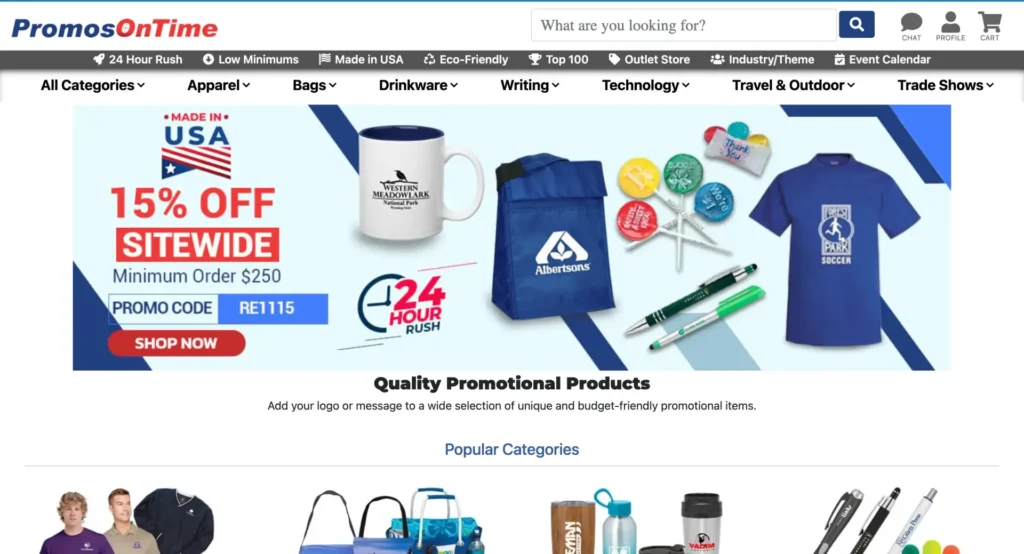

Michael Lerner- Early E-Commerce Wins in 2006
This entrepreneur didn’t go looking for a brand-new business idea. He started where he already had experience—custom promotional items. In 2006, before Shopify or plug-and-play platforms existed, he built his brand: Promos On-Time.
Despite having no tech background, he got his first orders within a week of launching. He invested a few thousand into CRM tools and a web developer—and leaned on industry know-how to secure great supplier deals, rebates, and pricing.
Start where you are. Use what you know. Grow from there.
2. Kamil Sattar
The Ecom King – From Broke to Industry Leader
In 2017, Kamil started dropshipping to fund his love for fashion. He learned fast, failed forward, and built multiple successful stores. Today, he’s one of the most recognized names in the dropshipping world—teaching thousands how to build their own ecommerce empires.
Consistency + testing = results.
3. Irwin Dominguez
From Consultant to CEO in Months
After seeing a friend succeed with dropshipping, Irwin dove in—despite zero experience. He built multiple profitable stores under his own ecommerce brand, scaling fast using his background in digital marketing.
Proof that taking action beats waiting for the “perfect moment.”
4. Jeff Neal
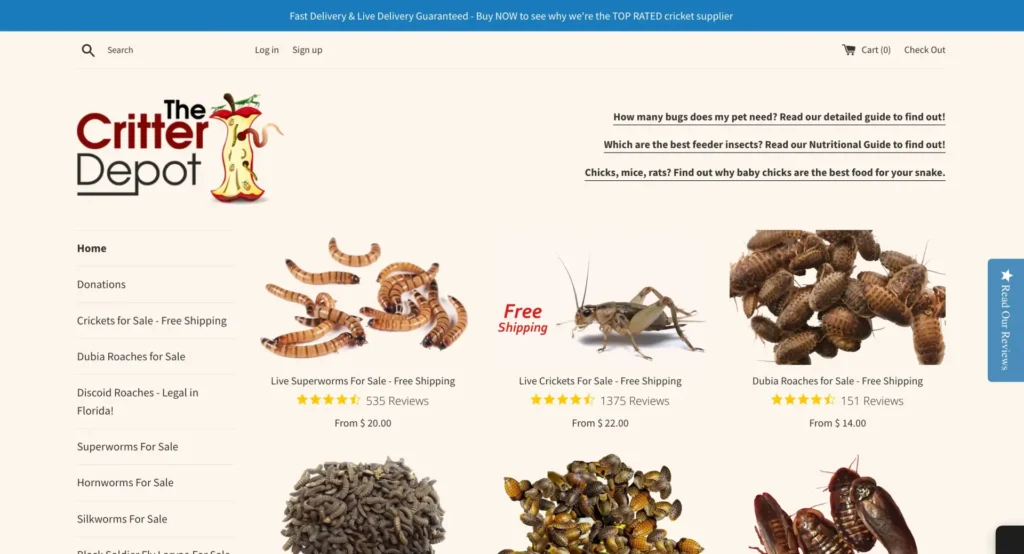

Jeff Neal- $15K/Month Selling… Crickets
Yes, you read that right. Jeff built The Critter Depot around one overlooked niche: live crickets for reptile owners. By filling a tiny market gap, he now pulls in $15,000/month.
Niches bring riches—don’t be afraid to get weird.
5. Harry Coleman
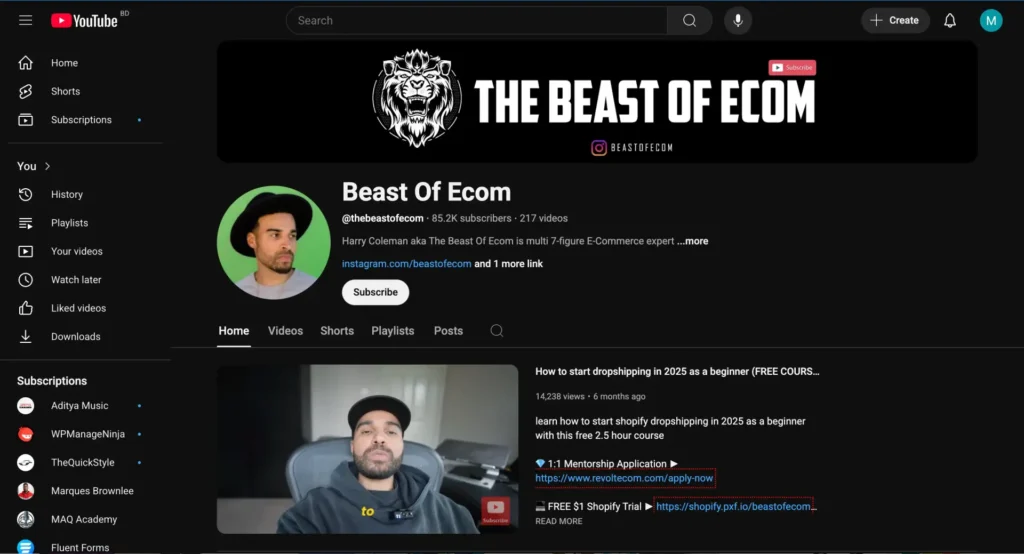

Harry Coleman- Beast of Ecom – $10,000/Day from Persistence
The beast of ecom started with side hustles and even failed his first dropshipping store. But he didn’t quit. After refining his strategy, his stores started generating serious revenue, up to $10,000 per day.
Today, he’s known as the “Beast of Ecom” and is helping other entrepreneurs grow.
You’ll probably fail at first. Just don’t stop.
Your Dropshipping Future Starts Now
Viral TikToks and flashy success stories don’t tell the full truth about dropshipping. Real insight lies in the quiet wins of those who treated it as a business, not a hack.
Now that you hold this roadmap, you’ve glimpsed both the massive potential and the hidden pitfalls, and gained the kind of clarity most people skip straight past.
So what separates a dreamer from a doer? Dreamers keep scrolling. Doers? They act, even when it’s uncomfortable or imperfect.
Your biggest competition isn’t other dropshippers, it’s your hesitation. While others wait for the perfect moment, you could be researching your niche, building your store, or launching your first campaign.
Don’t let this guide be something you just revisit “someday.” Your future self is counting on you to start today.
Because the real question isn’t, “Can you succeed in dropshipping?”
It’s, “Are you ready to find out?”
So—what’s your first step?
FAQs on What is dropshipping
Question 01: What is dropshipping, and how does it work?
Answer: Dropshipping is a retail method where you sell products without holding inventory. When a customer places an order, you buy it from a supplier who ships it directly to them. You earn the profit from the price difference.
Question 02: How can I add dropshipping to my existing business?
Answer: Research complementary products, analyze competitor pricing, find a reliable supplier, set up a fulfillment process, and list the product. Promote it with clear info about shipping times if they differ.
Question 03: Is dropshipping legal?
Answer: Yes, it’s legal. Just ensure you’re working with trusted suppliers and consider using a Dropshipping Agreement to protect your business.
Question 04: What are the main benefits of dropshipping?
Answer:
- Low startup risk
- No inventory or warehousing
- Lower overhead
- Wide product range
- Flexible location and scaling
Question 05: Is dropshipping profitable?
Answer: Yes, it can be. The low upfront costs and minimal overhead make it easier to turn a profit, especially with the right products and marketing.
Question 06: Do I need to register a business to start?
Answer: Not immediately. Once you begin making consistent sales, you’ll need to register your business to access payment processors and scale legally.
Question 07: Is dropshipping allowed on eBay and Amazon?
Answer: Yes, both platforms allow dropshipping as long as you follow their policies and fulfill orders properly.
Question 08: What are some good dropshipping product ideas?
Answer:
- Novelty or motivational mugs
- Charity tote bags
- Branded merch (shirts, pens, bags)
- Affordable jewelry or watches
- Funny t-shirts
- Bookmarks and small gift items
Question 09: Can dropshippers ship internationally?
Answer: Some do, but it depends on the supplier. International shipping is often slower, more expensive, and may involve extra fees or paperwork.

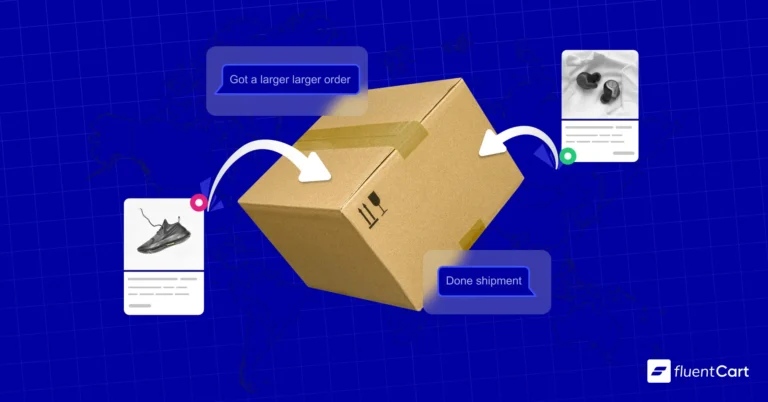
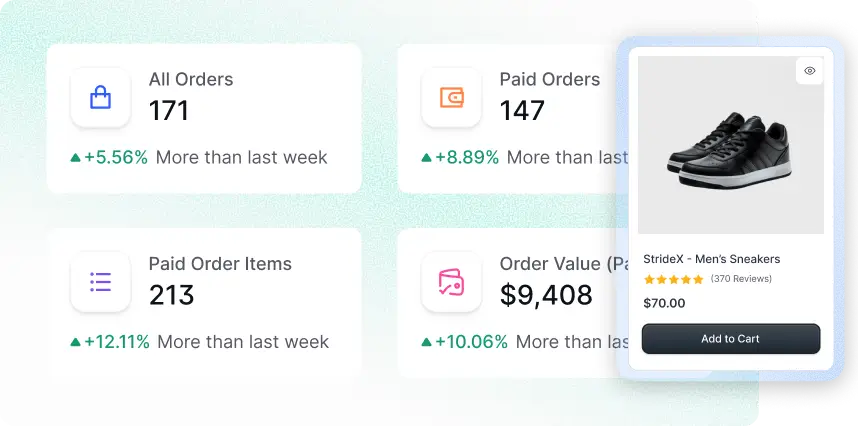


Leave a Reply